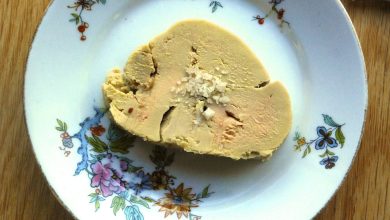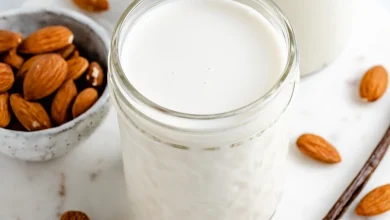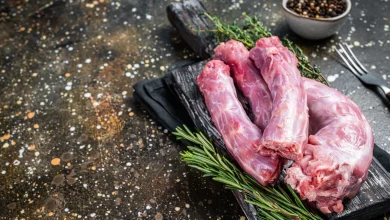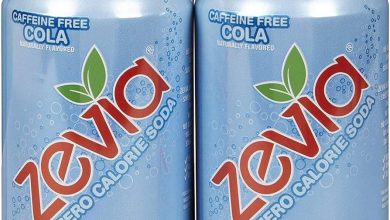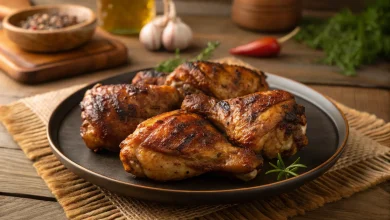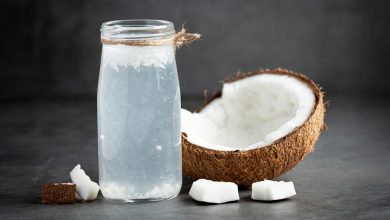Chicken Broilers or Fryers Breast Meat (Raw)
Chicken breast meat is a versatile, lean protein source that is widely used in a variety of dishes, from salads to main courses. It is especially favored for its high protein content and relatively low fat levels. The following nutritional breakdown provides an in-depth look at the health benefits and nutrient profile of raw chicken breast.
Nutritional Information (Per 100g)
| Nutrient | Amount |
|---|---|
| Energy | 172 kcal |
| Protein | 20.85 g |
| Total Fat | 9.25 g |
| Saturated Fat | 2.66 g |
| Carbohydrates | 0.0 g |
| Dietary Fiber | 0.0 g |
| Sugars | 0.0 g |
| Calcium | 11 mg |
| Iron | 0.74 mg |
| Magnesium | 25 mg |
| Phosphorus | 174 mg |
| Potassium | 220 mg |
| Sodium | 63 mg |
| Zinc | 0.8 mg |
| Copper | 39 mcg |
| Manganese | 18 mcg |
| Selenium | 16.6 mcg |
| Vitamin C | 0.0 mg |
| Thiamine (B1) | 0.063 mg |
| Riboflavin (B2) | 0.085 mg |
| Niacin (B3) | 9.908 mg |
| Vitamin B6 | 0.53 mg |
| Folate | 4 mcg |
| Vitamin B12 | 0.34 mcg |
| Vitamin A | 24 mcg |
| Vitamin E | 0.27 mg |
| Vitamin D2 | 0.4 mcg |
Allergen Information:
Chicken breast is naturally free from common allergens such as gluten, dairy, and nuts. It is suitable for most diets, but individuals with specific food sensitivities or allergies should always check the preparation and seasoning ingredients, as cross-contamination may occur.
Dietary Preferences:
Chicken breast is an excellent option for various dietary preferences, including:
- Low-Carb: With zero carbohydrates, it fits well into low-carb diets such as keto and paleo.
- High-Protein: Ideal for those seeking to boost protein intake, particularly in fitness, weight loss, or muscle-building plans.
- Gluten-Free: Naturally free from gluten, making it a suitable choice for those with celiac disease or gluten intolerance.
- Low-Fat: The breast meat is low in fat, especially saturated fat, compared to other cuts of chicken, making it a heart-healthy option.
Cooking Tips:
When preparing chicken breast, it’s important to avoid overcooking to maintain moisture and tenderness. Marinate the chicken for added flavor and to retain juiciness. Grilling, baking, poaching, or sautéing are common methods for cooking chicken breast to perfection. Be sure to check the internal temperature with a meat thermometer (165°F or 74°C) to ensure it is fully cooked and safe to eat.
Conclusion:
Raw chicken breast is a lean and nutritious meat choice that is rich in high-quality protein, essential vitamins, and minerals while being low in fat and carbohydrates. Its versatility in cooking, combined with its health benefits, makes it a great option for a variety of diets, including low-fat, high-protein, and gluten-free eating plans. Whether grilled, baked, or sautéed, chicken breast can be part of a delicious and health-conscious meal.



